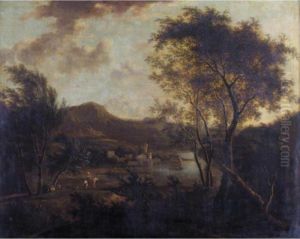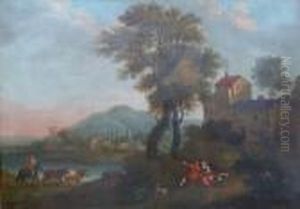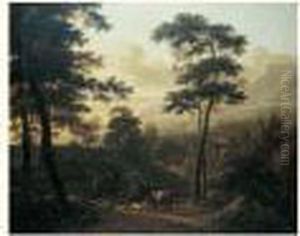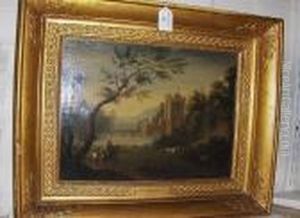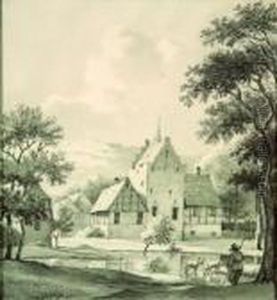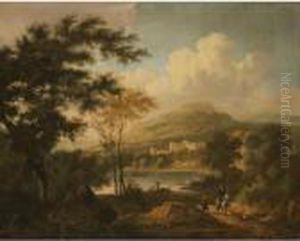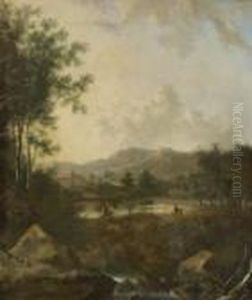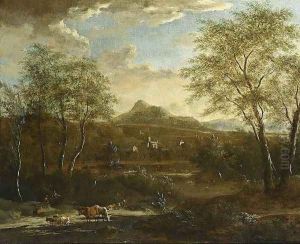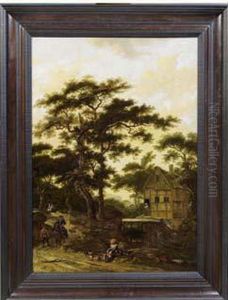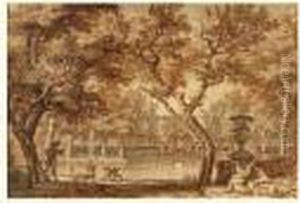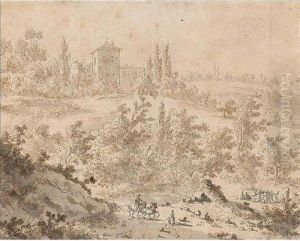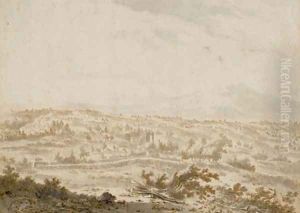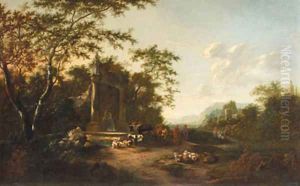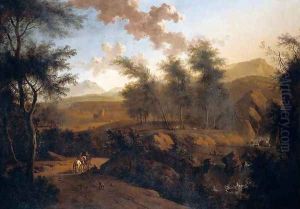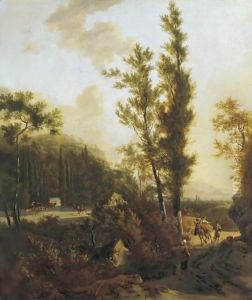Frederick De Moucheron Paintings
Frederick de Moucheron was a Dutch Golden Age landscape painter whose works are distinguished by their meticulous detail, serene compositions, and the delicate portrayal of light. Born in Emden, in the Holy Roman Empire, now Germany, in 1633, de Moucheron came from a family of artists and was primarily active in Amsterdam and Paris. His father, Balthazar de Moucheron, was a notable merchant, which provided Frederick with the financial stability and social connections necessary to pursue his artistic career.
De Moucheron initially trained with Jan Asselyn in Amsterdam, a city known for its vibrant artistic community. He later moved to Paris, where he was influenced by the works of French landscape painters. This period was crucial for developing his style, which often combined the realistic Dutch approach to landscape painting with the more classical and idealized French perspective. In 1659, after spending several years in France, de Moucheron returned to the Netherlands and established himself in Amsterdam, where he spent the remainder of his career.
Throughout his life, de Moucheron painted expansive landscapes characterized by their detailed foliage, elegant figures, and architectural elements, often drawing inspiration from Italian scenery. His works are notable for their peaceful ambiance and the use of light to create depth and atmosphere. De Moucheron's landscapes frequently featured pastoral scenes, classical ruins, and idyllic gardens, populated with small figures that emphasize the grandeur of nature over human presence.
Frederick de Moucheron's contribution to Dutch landscape painting lies in his ability to blend the realistic observation of nature with a certain idealized beauty, setting a precedent for future generations of landscape artists. His sons, Isaac and Abraham, also became painters, continuing the family tradition. De Moucheron passed away in Amsterdam in 1686, leaving behind a legacy that would influence the development of landscape painting in the Dutch Golden Age and beyond. His works are now held in major museums across the world, celebrated for their elegance and tranquility.


